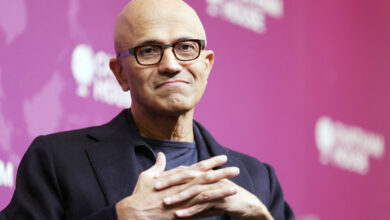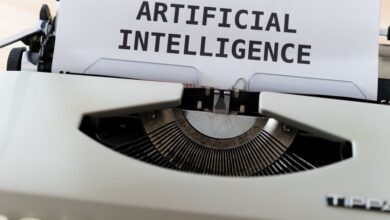How does artificial intelligence impact children’s creativity?

Graphic artists around the world have been worried since the introduction of art and designs produced in seconds by artificial intelligence (AI) that such programs could replace them, but what will actually happen in the field has not yet been determined.
Soon after AI intelligence models like Dall-E and Midjourney went public, AI-generated art started winning competitions in photography and digital art; despite the worry, people were exploring these tools as ways to augment their creative processes and not to take their place.
AI impact on creativity
Researchers at the University of Washington who examined how AI might affect creativity in children worked with a dozen kids aged seven to 13 in the Seattle area. Exploring how their creative processes interacted with AI tools, they discovered that for the youngsters to be able to integrate generative AI into their creative work in a meaningful way, it was better to get support from adults and peers.
The researchers presented their findings last month at the ACM Conference on Human Factors in Computing Systems in New Orleans, Louisana, and published them in its journal Proceedings of the ACM on Human-Computer Interaction under the title “I want it to talk like Darth Vader: helping children construct creative self-efficacy with generative AI.”
Doctoral student Michele Newman, who worked on the project, said that “before coming to the university, I was working on using natural language processing (AI) to measure creativity in elementary school children. When ChatGPT came out, I was working with KidsTeam, a program in which adults and kids co-create technology products for children, and I really wanted to see what effects GPT might have on children’s creativity. So many people warned me against using it to teach because it would harm kids; many schools banned it. So part of the impetus of the project was trying to see what a medium stance looks like – where it’s not harming or replacing people.”
Researchers have distinguished between preschool and older elementary school children’s drawings. They called the preschool stage the pre-conventional phase, which is characterized by children expressing their own preferences without conventional influence. Older elementary school and early-middle-school children are in the conventional phase, aiming for more realistic art, influenced by their understanding of cultural norms and social expectations. But the “fourth-grade slump” describes a decline in original thinking when children reach fourth grade (around 9 years old), and they suffer from a decline in creative self-efficacy or a belief in their ability to create as grade levels and age rises due to negative experiences in formal education.
Newman explained that in KidsTeam, the main technique is co-design, in which youngsters are treated as equal partners when designing technologies. One of our approaches was just putting the kids in front of technology – OpenAI’s ChatGPT and Dall-E, or Google’s music generator Magenta – to see what they do, their considerations, and if they were getting frustrated. “What does it mean to have a tool that can actually kind of do the creation for you? A lot of creativity research talks about how processes are very important, in which the person’s individuality comes out, and we wanted to see the kids develop their creative processes.
“In the sessions, we balanced the open-ended approach with more directed exploration and had kids use techniques like comic boarding in which they make comics about potential good and bad uses of AI,” she continued.
The most important and practical finding was how these systems are not built for children. The kids might know a lot about, say, a video game, but if the AI system doesn’t know anything about it, the kids might conclude they’re smarter than the system – there’s a mismatch between what children are expecting these systems to be able to do and what they can do. This type of technology is generally built with adults in mind. Also, children’s language just isn’t the same as adults. Things like this really become an issue for kids trying to creatively express themselves.”
Children’s creativity is unique, Newman wrote, “Because of their development and their experiences, they have different needs than adults do. They’re still building and understanding social norms and what it means to create. When we asked about some typical things like cheating, the kids tended to repeat things they’d heard, like ‘I shouldn’t use it to cheat.’ But when we asked them about things like whether their friend should use AI to write a birthday card for them, they started to have really nuanced takes. Some started asking how much the friend is using it. Is it to write the whole card, or just to help?”
The team asked an 11-year-old boy how he’d feel if his favorite book series had been written by AI instead of an author: he said it would “dismantle” the joy of reading for him. The children were asking whether they lose some authenticity when AI, rather than a friend, writes a birthday card.
“Sometimes you do need to learn to give up on an idea. That can be part of the creative process, so the question with AI is how do you support kids and give them knowledge of their individual creative processes? Creativity is always happening in a larger context. The interaction is not just about inputting a prompt. It’s working iteratively with the system while being supported by peers and adults. And those networks of support make a meaningful experience with these systems much more likely,” Newman concluded.



